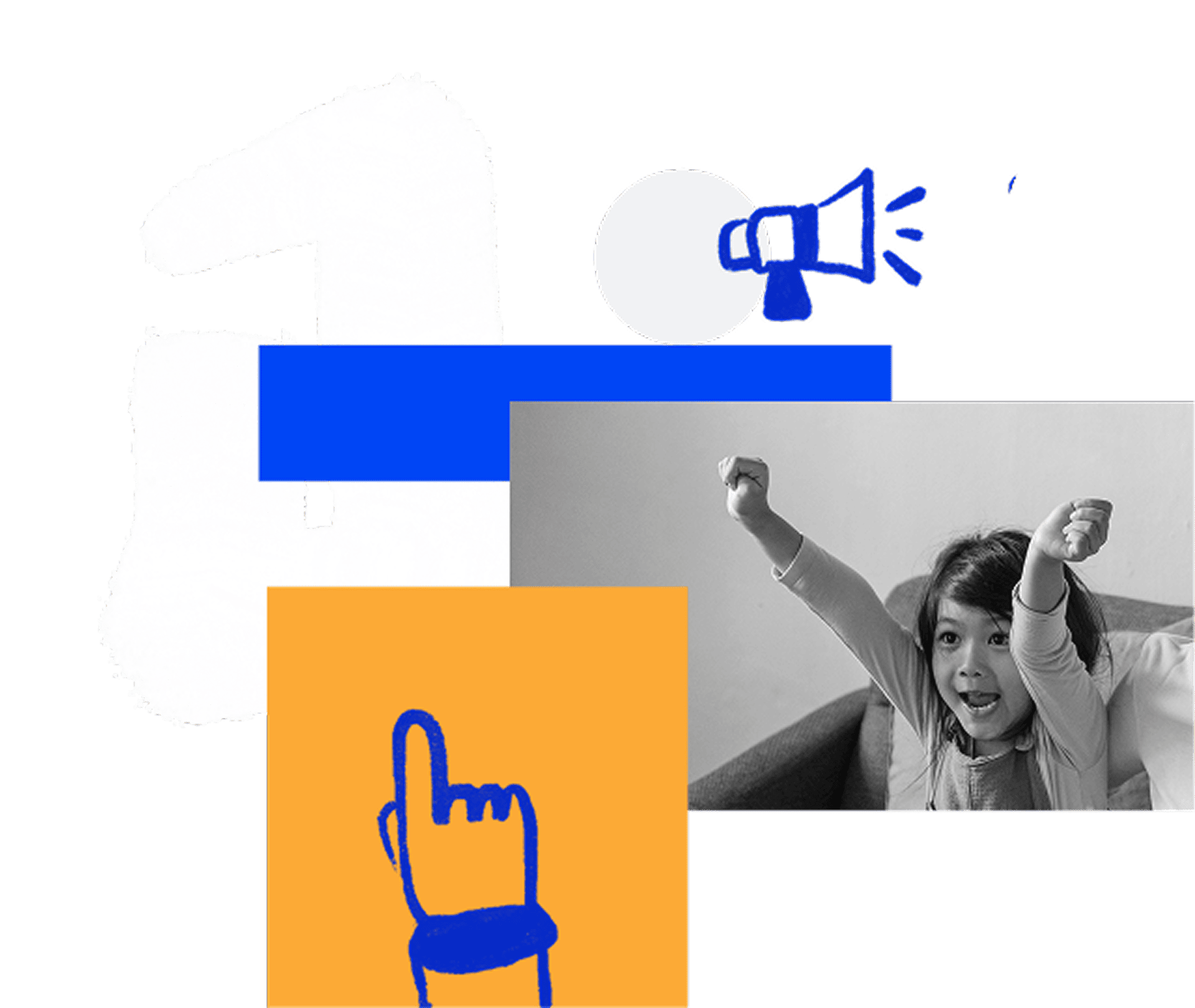Generative AI can assist kids with homework, storytelling, and answer complex questions, including questions about their lived experience. These tools generate human-like responses and adapt to kids’ input, offering fast, personalized support that feels conversational and accessible.
SEL opportunity
Creative expression supports emotional regulation and self-awareness. When kids create, they externalize thoughts and feelings, which helps them process emotions and build confidence. Imagine a 10-year-old using an AI comic-maker to tell the story of a kid being left out on the playground. Whether it’s about them or a friend, the process helps them express feelings and make sense of what happened.
Potential risks
If kids lean too heavily on AI to generate ideas, they may skip the reflective, messy parts of the creative process. That can limit original thinking and problem-solving skills over time. Our 10-year-old starts accepting the AI’s suggestions for each panel. Instead of exploring their own story, they follow the comic-maker’s lead—missing the chance to reflect on real-life events. And their experience has been hijacked by an algorithm.
Consider this
AI should act as a creative partner, not a replacement. Tools that encourage kids to refine or remix AI outputs—rather than simply accept them—promote agency and deeper engagement.






